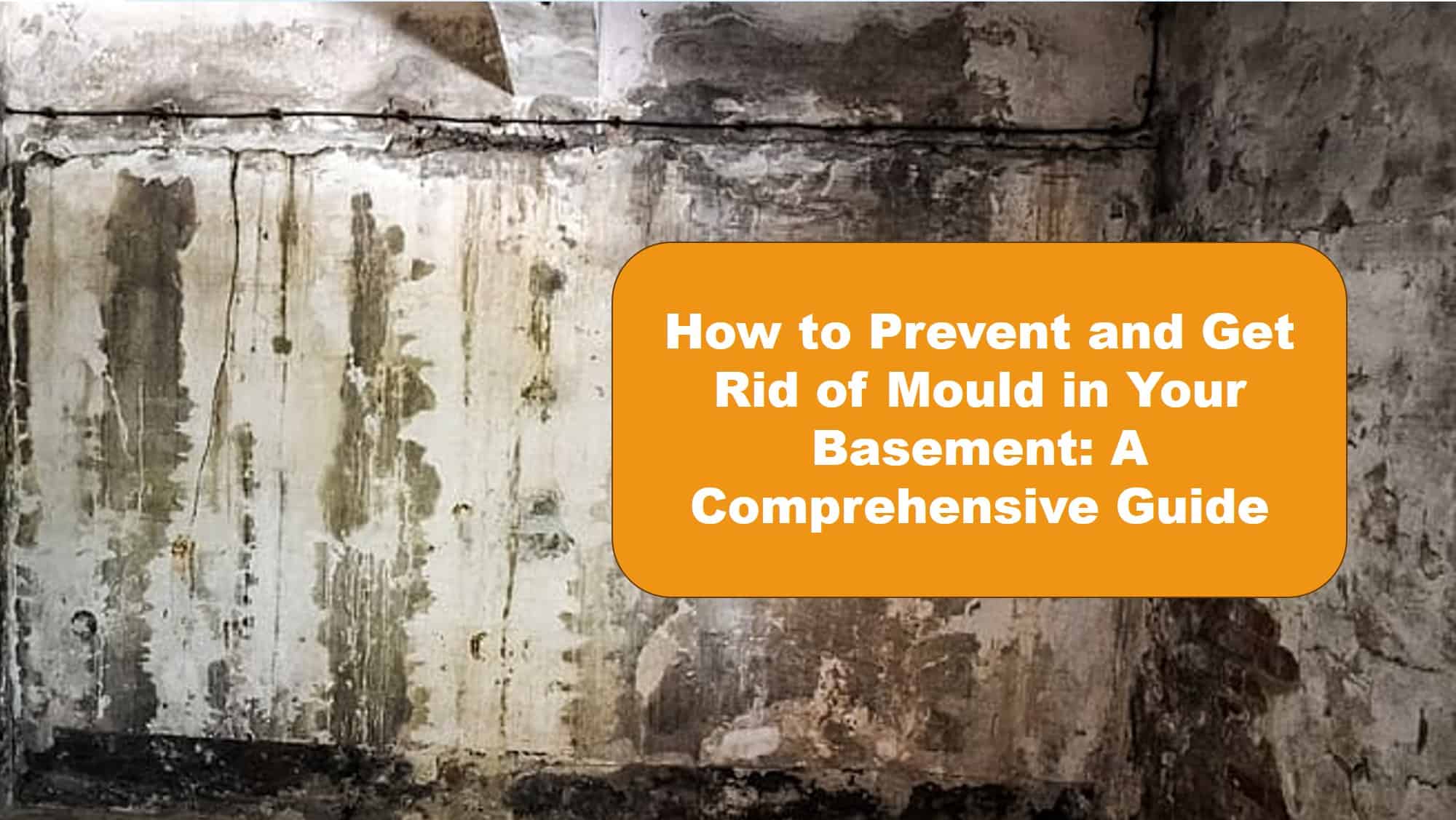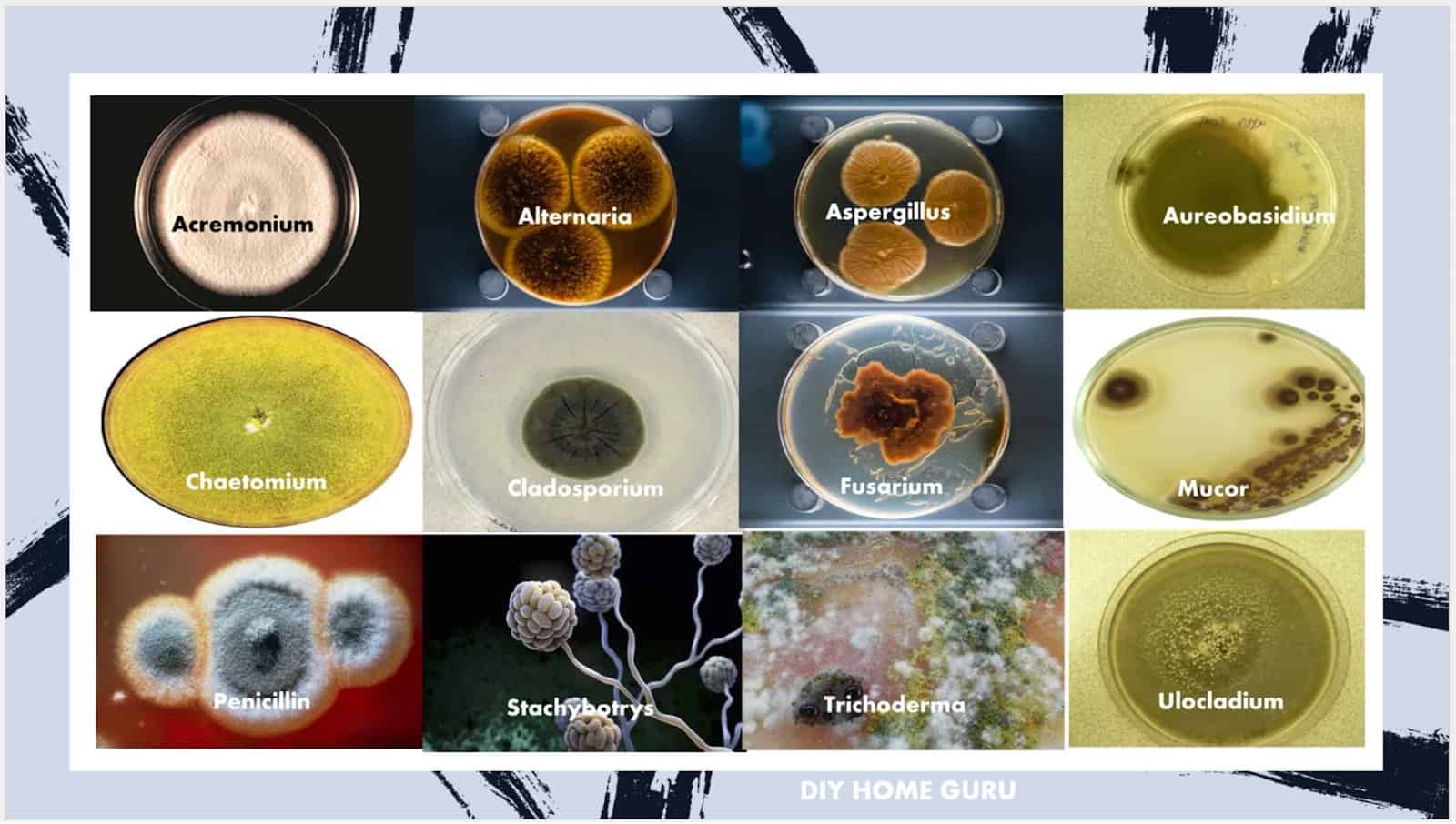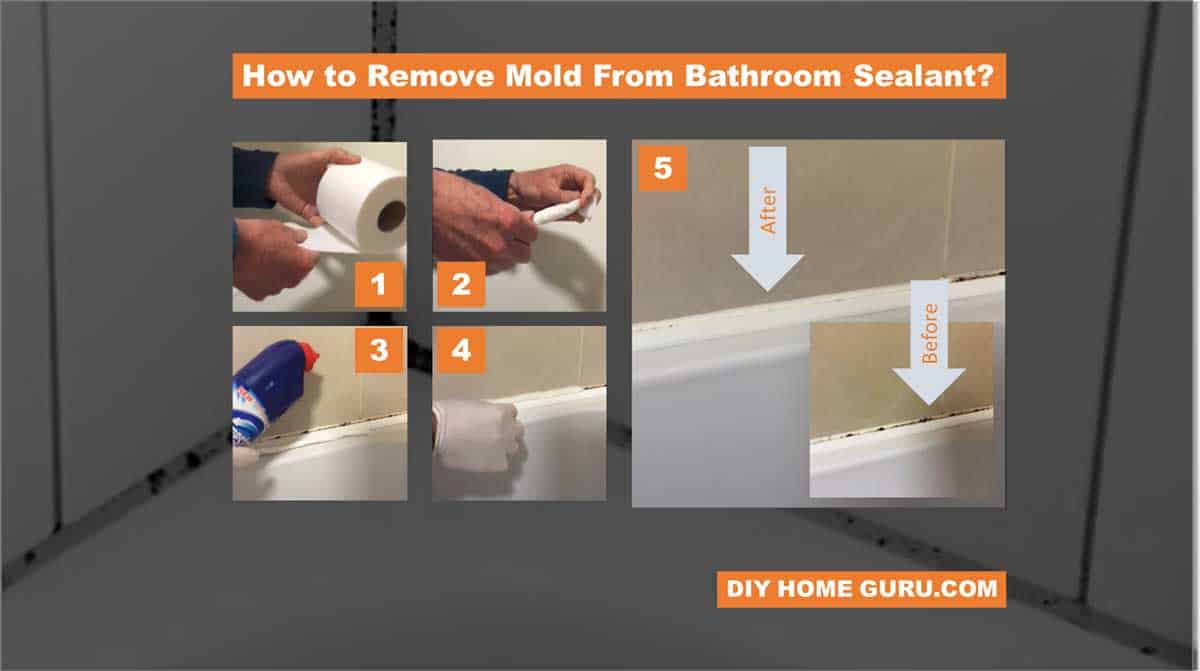Mould is an unwelcome guest in any home, but when it’s black mould on your windows, it’s not just unsightly – it can be harmful.
Windows are particularly vulnerable because they often have condensation, a primary mould attractor.
If you’re struggling with black mould around your windows, you’re not alone, and this guide is for you. Let’s dive into the why, the risks, and most importantly, the how-to of getting rid of it.
Why Do Windows Get Black Mould?
- Condensation: Moisture forms as warm indoor air hits the colder window pane. This condensation can drip down and settle on the sill or around the window frame, providing an ideal breeding ground for mould.
- Poor Ventilation: If there’s inadequate ventilation in a room, especially during colder months, it increases the chances of mould appearing on your windows.
Risks of Black Mould:
- Respiratory issues, allergies, and even asthma attacks.
- Eye, nose, or throat irritation.
- Unsightly stains which can decrease the aesthetic value of your home.
How to Get Rid of Black Mould on Windows:
1. Safety First:
- Wear gloves, a mask, and eye protection.
- Ensure the room is well-ventilated before you begin cleaning.
2. Gather Supplies: You’ll need:
- White vinegar OR hydrogen peroxide (3% solution) OR dishwashing detergent.
- A scrub brush or an old toothbrush.
- A spray bottle.
- Clean cloth or paper towels.
- A plastic bag for waste.
3. The Cleaning Process:
- Empty your spray bottle and fill it with white vinegar. You can also use hydrogen peroxide or a mixture of dishwashing detergent and water.
- Spray the affected area liberally. Allow it to sit for at least 10 minutes (this gives the solution time to break down the mould).
- Using your scrub brush or toothbrush, gently scrub the mould off the window. For stubborn spots, reapply your cleaning solution and let it sit for another 10 minutes before scrubbing again.
- Wipe away the loosened mould and cleaning solution with a cloth or paper towel. Dispose of these in the plastic bag to prevent spreading spores.
- Dry the area thoroughly with a clean cloth.
4. Preventing Future Mould Growth:
- Regularly wipe down windows to remove condensation.
- Improve room ventilation. Consider using a dehumidifier or installing exhaust fans.
- Check for any leaks or gaps around the window that might be letting in moisture and fix them.
In Conclusion:
While mould on windows is a common issue many homeowners face, with the right tools and techniques, it’s manageable.
Regular maintenance and ensuring good ventilation will go a long way in preventing future mould growth.
If you find that mould keeps returning or is widespread throughout your home, it might be time to consult with a mould remediation expert. Remember, the key is to act quickly and prevent its return!




